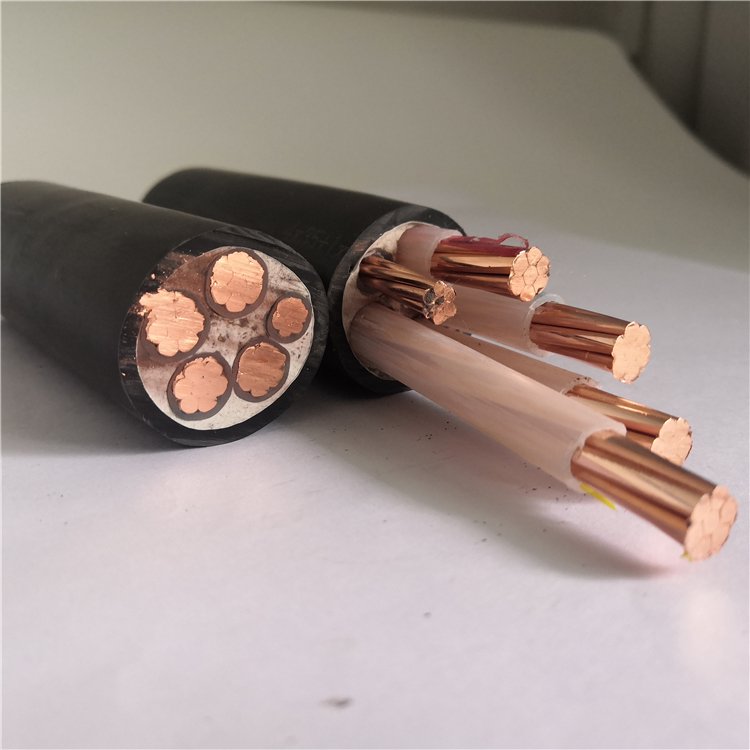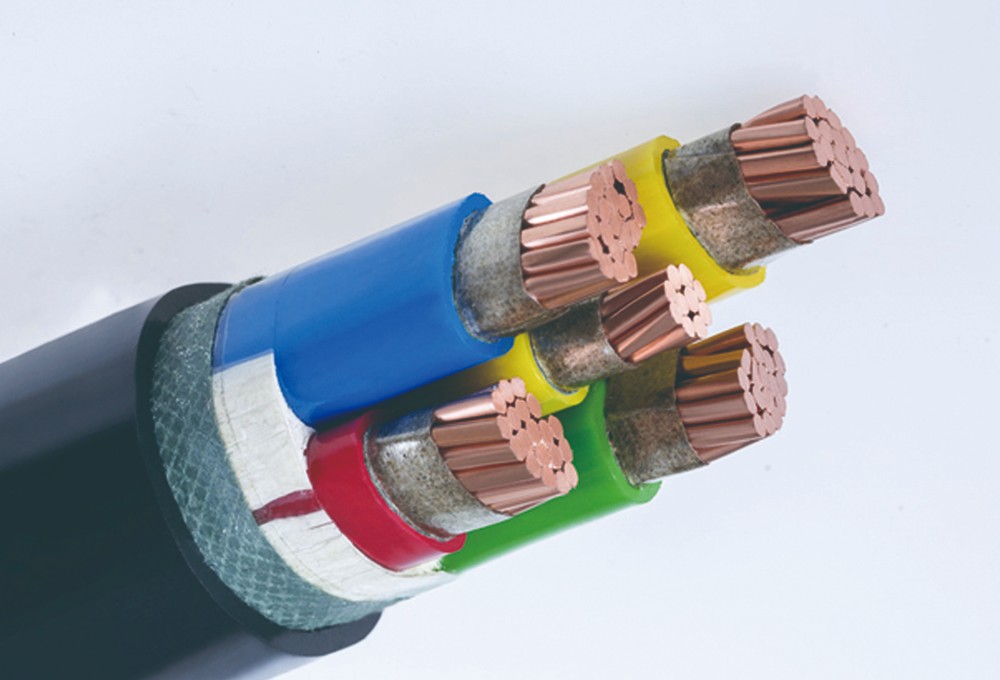Flame retardant cable, low smoke halogen-free cable, and fire-resistant cable are three common types of products in the cable industry.
They differ in their materials, structures and use scenarios, etc. The following ZMS cable editor will introduce the differences and characteristics of these three cables in detail from these aspects.
Flame-retardant cables are cables that resist burning and slow the spread of fire in the event of a fire.
Flame-retardant cables are generally made of materials with flame-retardant properties, such as flame-retardant polyolefins and flame-retardant polyvinyl chloride.
These materials have a weaker burning capacity and less smoke, which helps reduce the amount of smoke and toxic gas concentration in the event of a fire, thereby increasing the time and opportunity for evacuation of people.
Flame-retardant cables are mainly used in crowded places, such as indoor environments like shopping malls, hotels, hospitals, and schools.
Low smoke and halogen-free cables are cables that produce less smoke and are less toxic when burning in a fire event, while not releasing halogenated compounds.
To meet this requirement, the materials of low-smoke halogen-free cables are generally made of high-quality special polymers, such as polyolefins and cross-linked polyolefins.
The combustion products of these materials not only do not contain harmful substances but also can effectively reduce the concentration of smoke in the fire and slow down the spread of fire, thus protecting people's lives and property.
They are mainly used in crowded occasions such as subways, railway stations, and airports, as well as high-standard projects such as large public buildings.

Fire-resistant cables generally refer to cables that can continuously maintain normal working conditions in high-temperature fires.
Compared with other cables, fire-resistant cables have higher flame retardant properties, can withstand higher temperatures, and can also extend the service life of the cable to a certain extent.
The material of fire-resistant cable mostly obeys the international and domestic standard regulations, such as the benchmark temperature of fire resistance and flame retardant, and the materials are mostly high-quality polymer materials and the physical properties such as temperature characteristics of the materials are controlled in a reasonable range through high-tech methods to meet the needs of consumers.
Mainly applicable to gas source engineering, electric power, metallurgy, mining, oil fields, and other high-temperature, fire-prone occasions.
To sum up, flame retardant cable, low smoke halogen-free cable, and fire-resistant cable can be applied to different places with different advantages.
If improperly designed or negligently maintained, these cables can also lose their proper performance. Therefore, ZMS cable manufacturer recommends that you should: purchase cables should be selected according to the use environment and relevant standards, and regularly tested and maintained to ensure their efficiency and service life.
There is another commonly used cable, which is environmentally friendly low smoke halogen-free cable.
It refers to the insulation layer that does not contain halogen and lead, cadmium, chromium, mercury, and other heavy metals, when burned will not produce hydrogen halide, carbon monoxide, and other toxic substances of environmentally friendly wire, especially for home furnishings and high-security level of public places.
But is low smoke halogen-free cable the environmentally friendly cable? The answer is no, low smoke halogen-free cable is not environmentally friendly cable. The reasons are as follows.
The so-called environmentally friendly cable means that it does not contain heavy metals such as lead, cadmium, hexavalent chromium, and mercury, does not contain brominated flame retardants, and is tested by third-party testing organizations on environmental performance, in line with the EU Environmental Directive (RoSH) and higher than its index requirements.
No harmful halogen gas, no corrosive gas, low fever when burning, no pollution of the soil wire and cable.
And low smoke halogen-free cable refers to the wire insulation layer material being halogen material, in the case of combustion, does not release halogen-containing gas, smoke concentration is low cable.

All materials do not contain halogens and release a low amount of smoke in case of combustion.
The toxicity of halogen-containing cables released in a fire is terrible.
If the toxicity of the gas concentration that can cause death in 30 minutes is judged as 1, then the toxicity index of PVC is 15.01, while the toxicity index of the halogen-free polymer is 0.79.
In the case of fire, the strong and diffuse smoke makes the victim confused and thus prolongs the time of staying in the fire. According to the information, when the light transmission rate is 70%, the ability of a human's naked vision to distinguish objects is only about 5m.
And polyvinyl chloride burning smoke emitted by a light transmission rate of 15% or less, that is, people in the smoke of this smoke, a bare vision distance of only about 2m.
Another characteristic of the smoke is that it spreads unusually fast with the hot airflow, and the speed can be more than 20m/min.
This shows that the use of halogen-free low-smoke wire and cable is essential to ensure safety.
Low smoke and halogen-free materials reduce the amount of toxic, corrosive gases produced when they burn.
Low smoke and halogen-free materials are often used in poorly ventilated environments such as airplanes, train cars, or ships.
Low smoke and halogen-free materials are also commonly used in the railroad industry because there are high-voltage lines underneath the railroad or signal lines that transmit the location of the train.
The use of low-smoke and halogen-free materials also reduces the accumulation of toxic gases when the line is damaged by fire or a short circuit.
For example, in the railroad industry or shipbuilding industry, where it is important to protect personnel and equipment from exposure to toxic and corrosive gases, the use of low smoke and halogen-free materials for the outer layer of wire and cable is required in these applications.
The application of low-smoke halogen-free cable products is mainly concentrated in the field of large-scale engineering, and high-tech fields.
For example railroads, subways, automobiles, etc.
In the construction of railroad networks, traction cables, signal cables, control cables, etc. will use low-smoke halogen-free products to protect passenger safety.
Subway projects are no exception, all using low-smoke and halogen-free products.
The automotive sector is also beginning to recognize the importance of low-smoke and halogen-free products, and most wiring uses low-smoke and halogen-free cables.
In daily life, the low-smoke halogen-free cable is widely used in nuclear power plants, subway stations, telephone exchanges and computer control centers, high-rise buildings, hotels, radio and television stations, important military facilities, and oil platforms, as well as more concentrated places and low air density.
The above is the introduction of low smoke halogen-free cable.